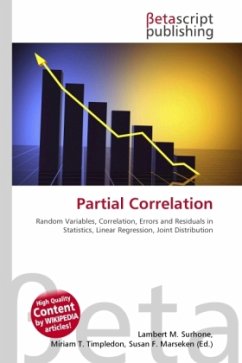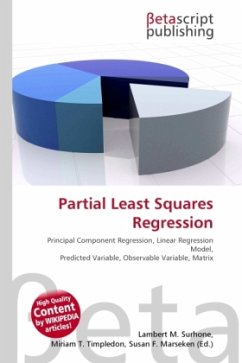High Quality Content by WIKIPEDIA articles! In statistics, high-leverage points are those that are outliers with respect to the independent variables. Influential points are those that cause large changes in the parameter estimates when they are deleted. Although an influential point will typically have high leverage, a high leverage point is not necessarily an influential point. The leverage is typically defined as the diagonal of the hat matrix H = X(X'X)^{-1}X'. , Partial leverage is used to measure the contribution of the individual independent variables to the leverage of each observation. That is, if hi is the ith row of the diagonal of the hat matrix, the partial leverage is a measure of how hi changes as a variable is added to the regression model. The partial leverage is computed as: left(mathrm{PL}_jright)_i = frac{left(X_{jbullet[j]}right)_i^2}{sum_{k=1}^nleft(X_{jbullet[j]}right)_k^2} where j = index of independent variable i = index of observation Xj·[j] = residuals from regressing Xj against the remaining independent variables .
Bitte wählen Sie Ihr Anliegen aus.
Rechnungen
Retourenschein anfordern
Bestellstatus
Storno








